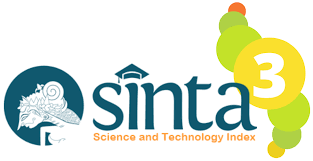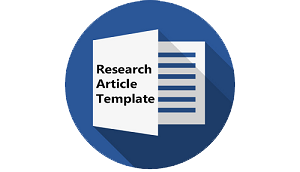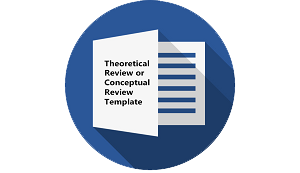RHETORICAL PATTERN IN ARGUMENTATIVE ESSAY WRITING BY EFL STUDENTS OF IAIN SURAKARTA
DOI:
https://doi.org/10.30957/lingua.v13i2.172Keywords:
rhetoric pattern, argumentative essay, academic writingAbstract
ÂThis study reports pattern of rhetoric in argumentative essay of academic writing accros three achievement categories: fast learner, medium learner, and slow learner.  Descriptive correlation between the  pattern of the rhetoric and overall quality of academic writing was also identified. This research was descriptive study using content analysis approach. The research subjects were 3 classes of semester VII EFL student out of 9 classes selected  in purposive sampling. Pattern of rhetoric in students work was analyzed in seven categories: thesis statement, reservation, background information, rational appeal, affective appeal, conclusion, and hesitation. ESL composition profile by Jacobs was employed to measure students’ academic argumentative essay. The finding showed that rhetoric pattern categories in three different writing achievers was failed to use. However, strong connectivity between pattern of the seven rhetoric categories and overall quality of academic writing across level of achievement was significantly linked.
Â
Â
Downloads
Downloads
Published
How to Cite
Issue
Section
License
Authors who publish with this journal agree to the following terms:
- Authors retain copyright and grant the journal right of first publication with the work simultaneously licensed under a Creative Commons Attribution-ShareAlike 4.0 International License that allows others to share the work with an acknowledgement of the work's authorship and initial publication in this journal.
- Authors are able to enter into separate, additional contractual arrangements for the non-exclusive distribution of the journal's published version of the work (e.g., post it to an institutional repository or publish it in a book), with an acknowledgement of its initial publication in this journal.
- Authors are permitted and encouraged to post their work online (e.g., in institutional repositories or on their website) prior to and during the submission process, as it can lead to productive exchanges, as well as earlier and greater citation of published work (See The Effect of Open Access).















